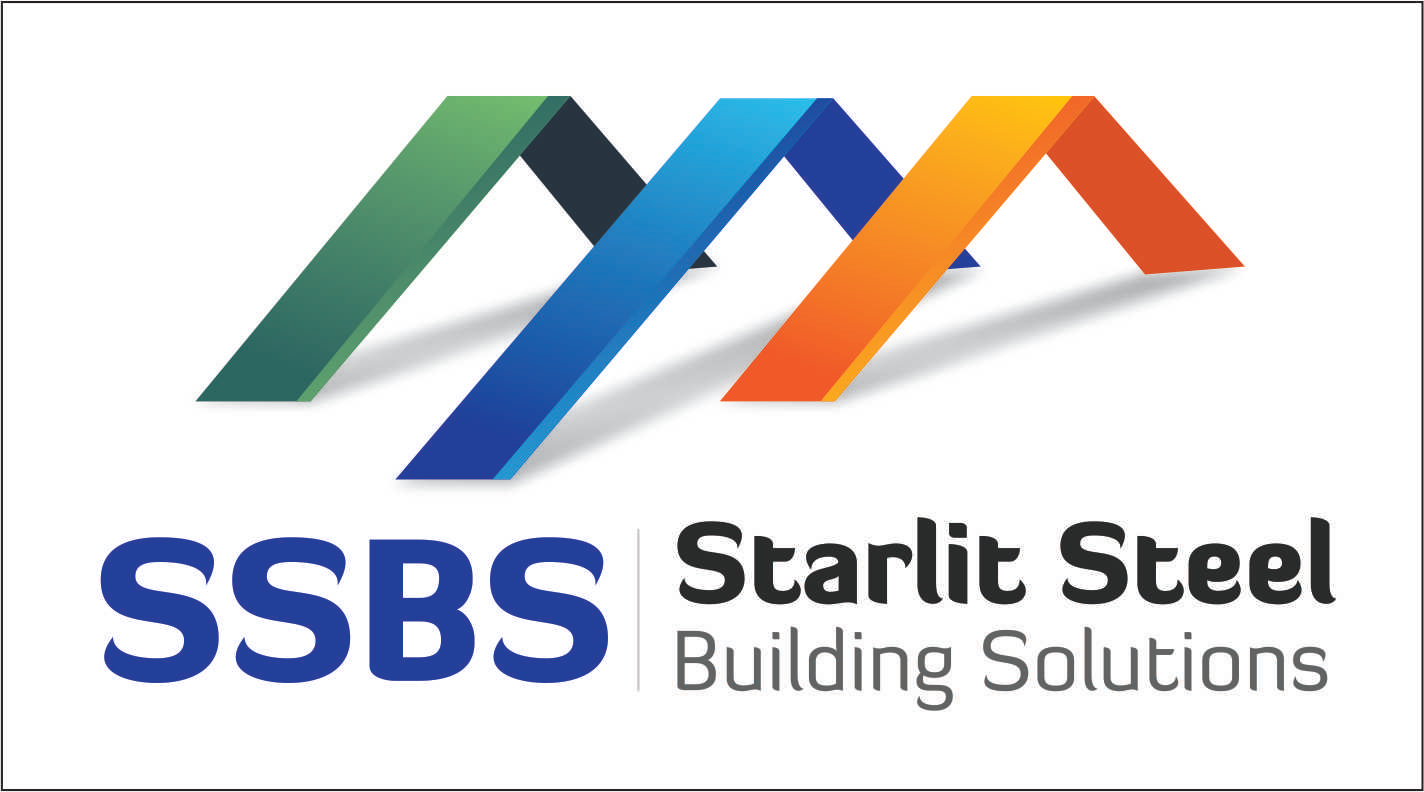Industrial PEB Building construction is revolutionizing the way industries build infrastructure. These structures are designed, manufactured, and assembled in a controlled environment before being transported to the site for erection. They provide an efficient and cost-effective solution for industrial buildings, especially for high-volume production facilities.
What is Industrial PEB Building?
PEB systems are pre-designed and pre-fabricated, making them highly adaptable to various industrial needs. Whether you’re constructing a manufacturing plant, warehouse, or large-scale industrial facility, PEBs offer flexibility. The framework usually consists of steel components designed to handle significant loads and withstand harsh environmental conditions. Since each building is customized based on specific requirements, it offers a tailored solution without compromising on efficiency.High Volume Production Capacity
One of the standout features of industrial PEB buildings is their capacity to support high-volume production. Industries like automotive, textiles, and food processing require large spaces that can be expanded or modified as production needs change. PEB structures meet these requirements easily. The buildings are designed with minimal internal columns, maximizing floor space. This open layout is ideal for machinery placement, storage, and workflow optimization. In addition to that, industrial PEB buildings allow for future expansion. The modular nature of PEBs makes it easy to extend the building without major disruptions to ongoing operations. So, as your business grows, the infrastructure can scale up with it.Faster Construction Time
One of the primary advantages of PEB systems is their speed of construction. Because components are manufactured off-site, delays due to weather or other external factors are minimized. The fabrication process is controlled, ensuring high precision and quality. Once the parts are ready, on-site assembly is quick, reducing overall project timelines. For industries looking to get operations up and running fast, PEBs are a game-changer. Traditional construction methods involve a lot of coordination between multiple contractors, leading to extended timelines. PEBs streamline this process by integrating design, manufacturing, and erection into a single system. This leads to faster project completion, allowing industries to focus on production rather than construction.Cost Efficiency
Cost is always a concern in any industrial project, and PEBs offer significant savings. By reducing the construction time, the overall labor cost is lowered. Additionally, the materials used in PEBs are lighter yet stronger than traditional materials, reducing transportation costs. The use of steel also leads to savings in maintenance and long-term durability. PEBs are designed for longevity, offering a robust solution that withstands wear and tear over time. Moreover, the precision in design minimizes material wastage. Since every component is pre-engineered, the need for on-site modifications is reduced, cutting down on excess costs and delays.Sustainability and Energy Efficiency
In today’s world, industries are increasingly looking for sustainable building solutions. PEBs are an eco-friendly option as they use recyclable steel and reduce waste during construction. Moreover, PEBs can easily integrate energy-efficient technologies like solar panels and natural ventilation systems, making them more sustainable. Industrial PEB buildings can also be designed to accommodate insulation materials that improve energy efficiency, reducing heating and cooling costs in the long run. This aligns with the growing demand for greener, more sustainable industrial operations.
